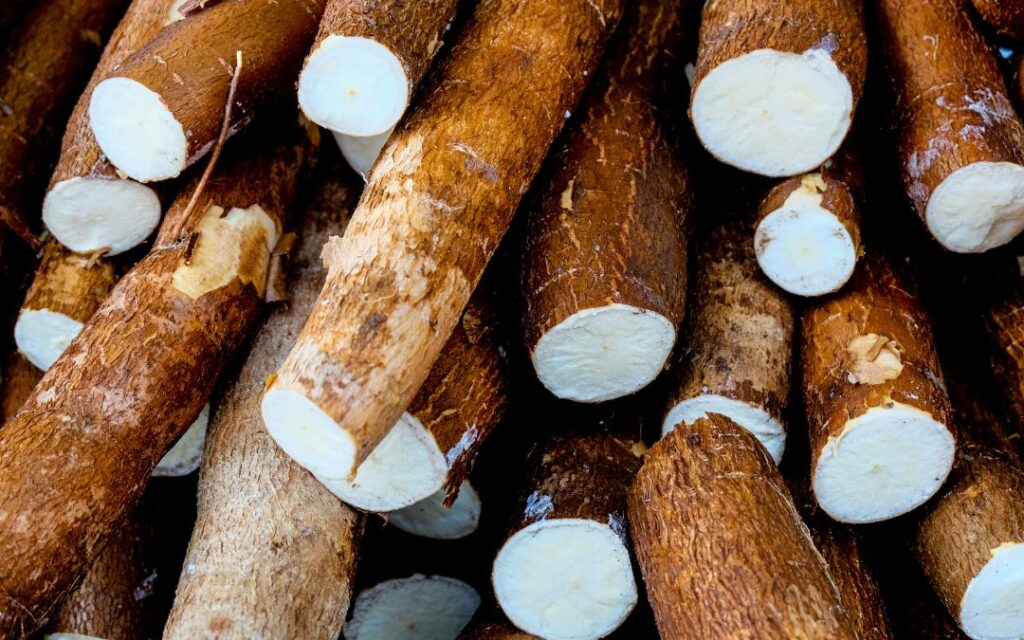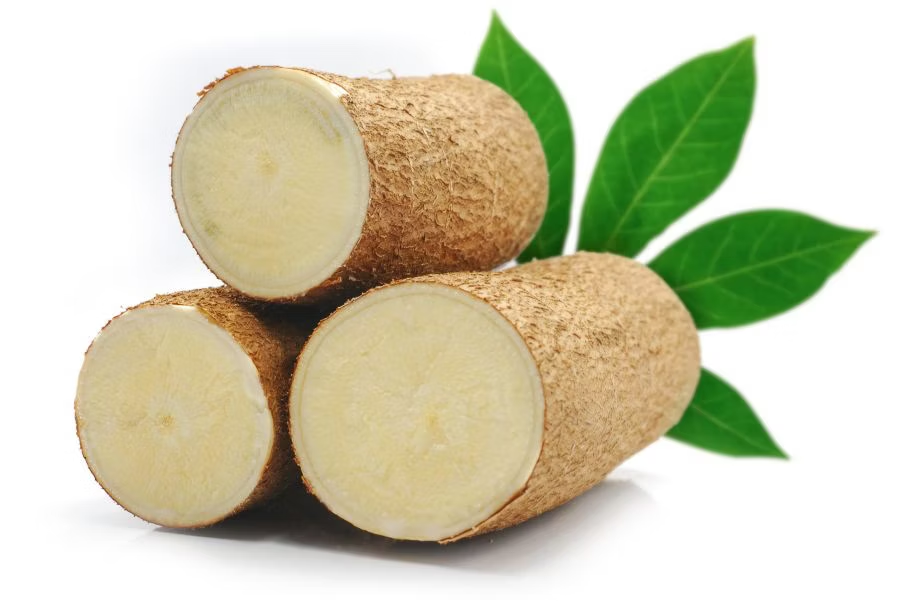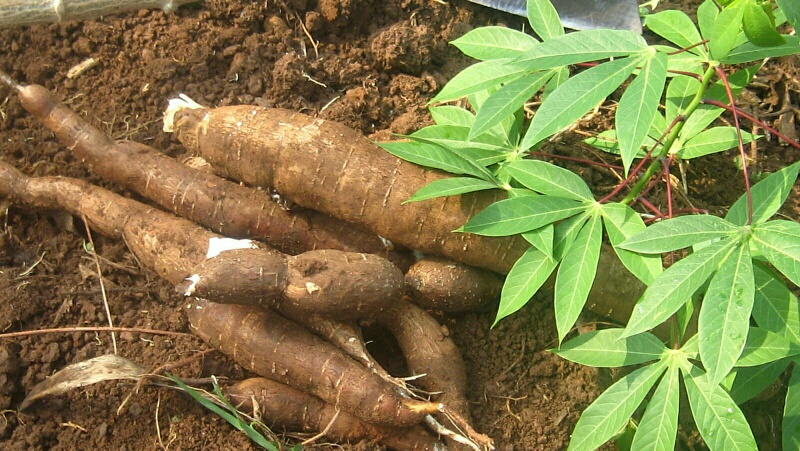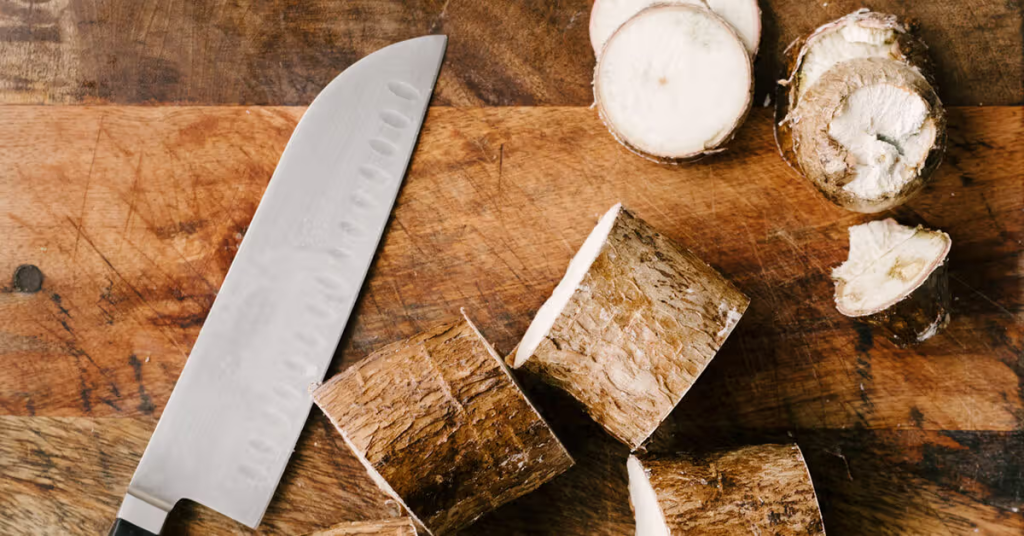Imagine a food so dangerous it can kill you—yet it’s still eaten by nearly half a billion people every year. Sounds like something out of a suspense novel, right? But this isn’t fiction. It’s cassava. And despite its innocent appearance, this root vegetable has a deadly secret hidden beneath the surface.
So why do so many continue to rely on it? And how can something so lethal be a daily staple for entire populations? Let’s peel back the layers and dig into the startling truth behind the world’s most dangerous food.

Cassava: A Lifeline with a Dark Side
Cassava, also known as yuca or manioc, is a starchy root native to South America. Over the years, it’s become a global crop—especially in parts of Africa, Asia, and Latin America. For many, it’s more than just food; it’s survival. It’s cheap, hardy, and grows in poor soil. But here’s the kicker: cassava contains cyanide.
Yeah, you read that right.
The plant naturally produces cyanogenic glucosides, which release hydrogen cyanide when consumed. This toxic compound is the same stuff used in chemical warfare—yet it’s in your dinner if cassava isn’t prepared properly.
Video: What makes cassava poisonous?
Why So Many People Still Eat It
You might be wondering, “Why risk it?” Simple—because in many parts of the world, there’s no choice.
Cassava is drought-resistant, grows fast, and provides essential calories for those in food-insecure regions. It’s a staple, especially where other crops fail. In times of famine or war, when food becomes scarce, people often turn to cassava—even bitter varieties that are more toxic—just to stay alive.
For these communities, the question isn’t “Is it safe?” It’s “Can we survive without it?”
What Makes Cassava So Dangerous?
It’s not the root itself that’s inherently bad. The danger lies in the way it’s prepared—or not prepared. Improper processing leaves behind dangerously high levels of cyanide. Eating it raw or poorly cooked can lead to acute poisoning, permanent neurological damage, or even death.
According to the World Health Organization (WHO), cassava is responsible for over 200 deaths annually. Most of these fatalities occur in low-income countries where proper preparation methods are difficult to follow due to lack of resources or knowledge.
The Deadly Disease Linked to Cassava

Ever heard of konzo? Most people haven’t. It’s a neurological disease caused by chronic exposure to cyanide from bitter cassava combined with low protein intake.
Symptoms include:
- Sudden onset paralysis
- Muscle stiffness
- Irreversible damage to motor functions
Konzo is particularly heartbreaking because it hits the most vulnerable: poor, rural children who depend on cassava as a food source. Once it sets in, there’s no cure—just a lifelong struggle with mobility.
So, How Can People Eat Cassava Safely?

Here’s the good news: cassava can be made safe. But it takes time and effort.
The traditional method includes:
- Peeling the root to remove the most toxic parts
- Soaking it in water for 12 to 24 hours
- Boiling thoroughly to neutralize toxins
- Drying and fermenting, in some regions, to further break down cyanide compounds
These steps are vital—skip them, and you’re playing Russian roulette with your health.
Unfortunately, in crisis situations like war or famine, people often don’t have the luxury of time. Hunger trumps caution, and improperly prepared cassava becomes a tragic necessity.
Cassava Isn’t Just a Poor Man’s Crop
Video: Nigeria Is The Biggest Cassava Producer In The World
Surprisingly, cassava has found its way into modern food trends and even high-end markets. It’s used in:
- Gluten-free baking (cassava flour is a favorite for Paleo and Whole30 diets)
- Tapioca (yes, those chewy boba pearls come from cassava)
- Chips and crackers
In these cases, it’s been properly processed and is 100% safe. But it’s a reminder that even trendy “health” foods can have dark origins if mishandled.
The Bigger Picture: Food, Survival, and Risk
Cassava’s story is about more than just danger. It’s a powerful example of how food can be both a blessing and a curse. For millions, it offers nutrition and energy. But without the knowledge or means to prepare it correctly, it can destroy lives.
This paradox is echoed around the world. Think of other foods we eat that carry risks:
- Pufferfish in Japan (fugu) contains lethal toxins
- Raw oysters can harbor harmful bacteria
- Even undercooked beans can cause severe illness
Cassava just happens to be the one that quietly kills hundreds each year while feeding millions more.
Conclusion: Respect the Root, Respect the Risk

Cassava is proof that nature doesn’t play favorites. It gives us what we need—but demands we treat it with care. As long as it’s prepared correctly, cassava is perfectly safe and nourishing. But when survival pushes people to take shortcuts, the consequences can be deadly.
It’s a sobering reminder that food isn’t always just comfort or pleasure. Sometimes, it’s survival. And sometimes, the line between the two is razor-thin.
So the next time you see cassava flour in a health food aisle or pop a tapioca pearl in your mouth, remember—what you’re enjoying safely took centuries of hard-learned lessons and countless lives to get right.


